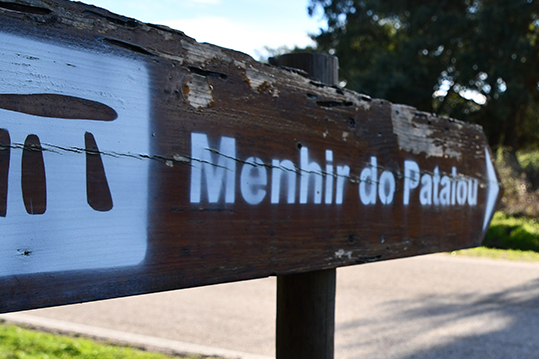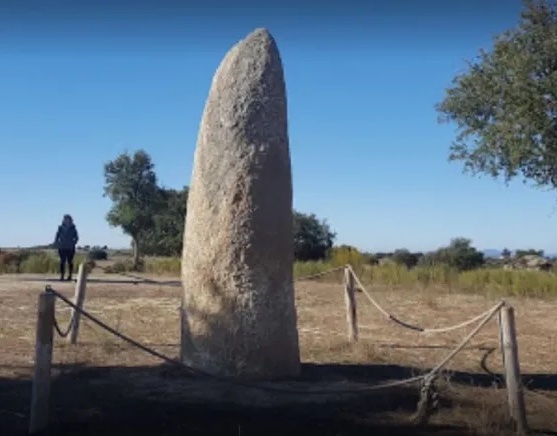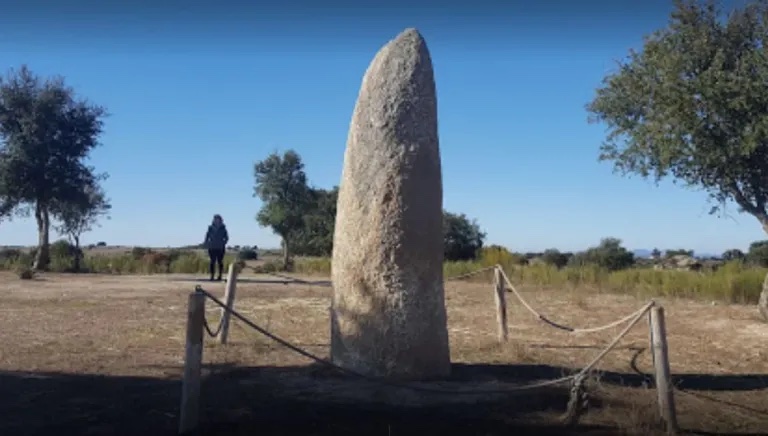A remarkable discovery in the realm of archaeology has thrust the Menhir of Patalou, a 7,000-year-old phallic-shaped rock, into the limelight as it earns the distinguished status of a monument of public interest.
This extraordinary megalith first came to light during the late 1990s when it was stumbled upon by hunters in Nisa, a locality situated in the northeastern region of Lisbon, Portugal. Resembling a colossal phallus, this stone relic, intricately carved from granite, bears striking phallic features and dates back to the 5th millennium BCE, specifically to the Chalcolithic era – a pivotal period marking the transition between the Neolithic and Bronze Age.

Intriguingly, the Menhir of Patalou had toppled over through the annals of time, only to be resurrected in 2015 by a dedicated team of experts. This monumental structure stands at an imposing height of four meters (13.1 feet) and, owing to its distinctive shape, is believed to have had deep-rooted associations with Neolithic fertility cults, emphasizing its cultural and historical significance.
The Secretary of State for Culture, Isabel Cordeiro, further expounded on the uniqueness of this ancient marvel, describing it as “carved in granite with a phallic appearance and presenting faint traces of decoration engraved with serpentine motifs.” Such intricate details lend an air of mystique to the Menhir of Patalou, underscoring its artistic and symbolic value.

To preserve its historical importance and cultural relevance, local authorities made the decision to list the Menhir of Patalou as a monument of public interest. Moreover, it was strategically repositioned, now standing six meters north of its original location. This seven-ton phallic wonder, considered to be one of the most substantial megaliths of its explicitly phallic typology in the entire Iberian Peninsula, has now secured its place in history and the collective imagination of the public, serving as a testament to the enduring mysteries of our ancient past.





